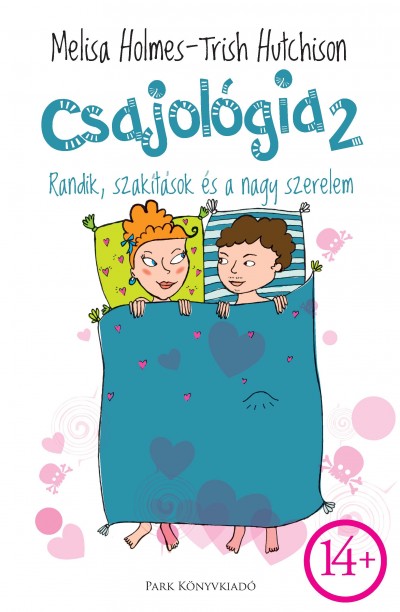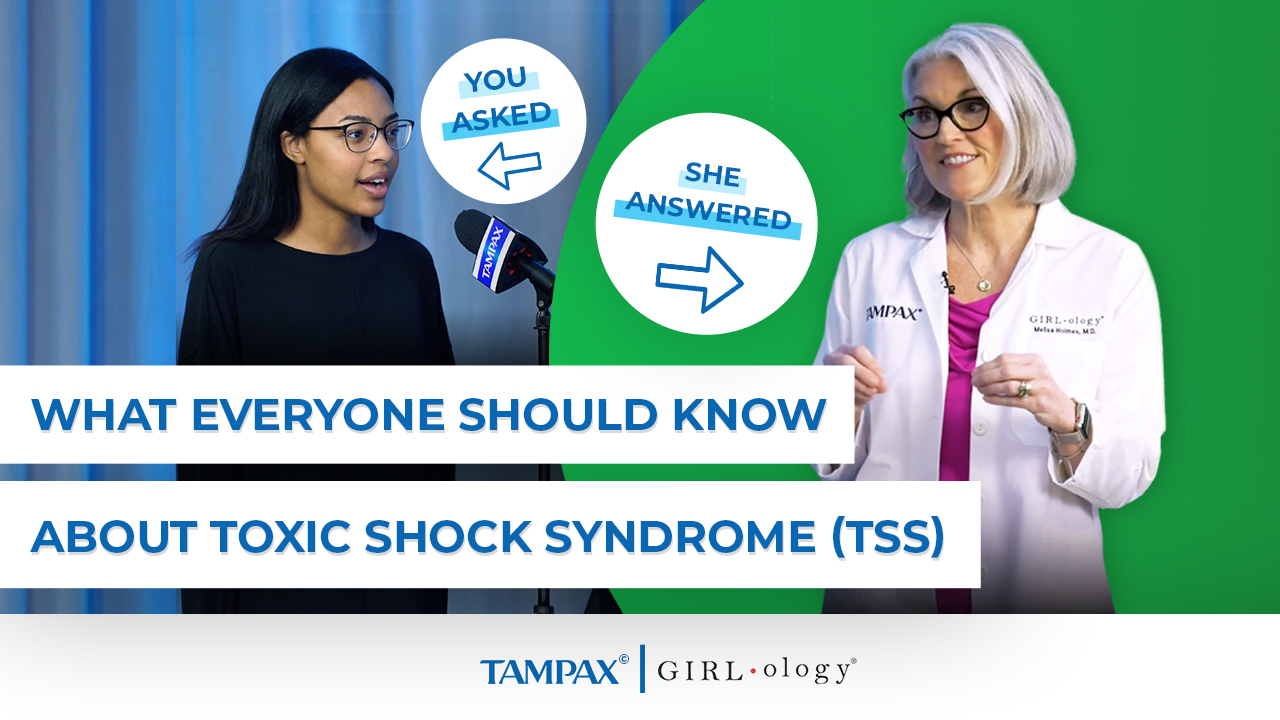

FSH tells the ovaries to get some eggs ready to release. On the first day of a period, a ‘new’ cycle begins as a hormone called follicle stimulating hormone (FSH) starts to rise. There’s a lot of science and anatomy involved in the menstrual cycle (bodies are pretty cool) and explaining the menstrual cycle can be complicated, but it’s easier if we break down it into four phases: Follicular phase The menstrual cycle repeats from puberty (starting anywhere from the age of nine to 16) to menopause (which is when periods naturally stop – usually somewhere around the age of 50). When there’s no pregnancy (which is most of the time), the menstrual cycle repeats itself over and over again. If a pregnancy occurs, the menstrual cycle stops cycling. Under the influence of hormones, mostly oestrogen and progesterone, the menstrual cycle is a series of changes that the uterus and other female reproductive organs go through about once a month. The purpose of the menstrual cycle is to prepare the uterus for pregnancy.

The menstrual cycle is a mystery to a lot of people, but it needn’t be! Half of the earth’s population has a menstrual cycle and without it, the human species wouldn’t even exist! Obviously, it’s a common, normal, and important part of life, so shouldn’t we all understand it? We think so. By Dr Melisa Holmes, OB-GYN & Founder of Girlology


 0 kommentar(er)
0 kommentar(er)
